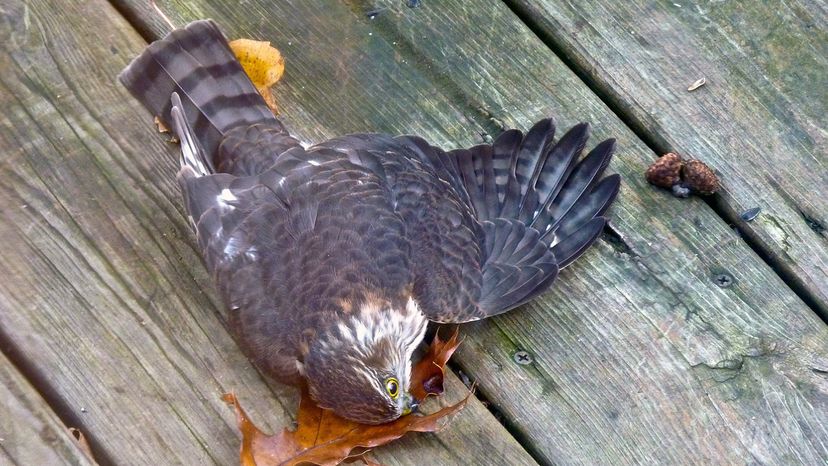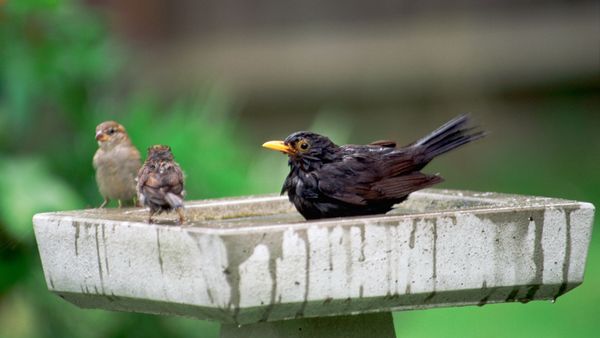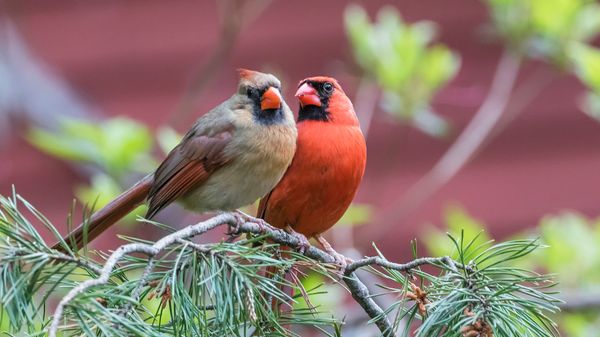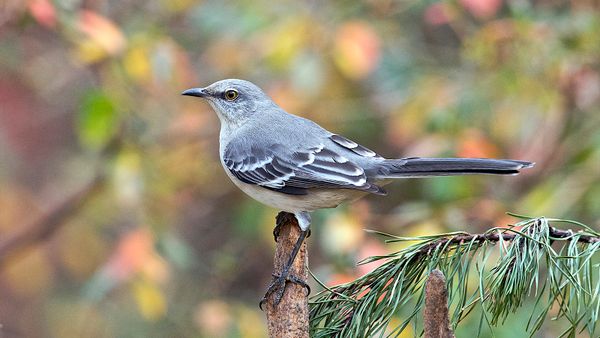
You're working away in your office when you hear a thunk. You look up just in time to see a poor, wee birdie stunned and falling away from the floor-to-ceiling panes of glass that sheath your building. Or maybe you've found a disoriented, injured or even dead little feathered friend who's obviously crashed into your living room's picture windows and fallen to your deck. "Poor fella," you think. "He doesn't know what glass is."
Well, that's kind of the case, but it's not the whole story. During daylight hours, those windows reflect sky and trees and other pleasant things. The birds think those reflections are a continuation of the landscape, so they try to fly into it. It does not work out for them.
Advertisement
At night, the light from inside our homes and buildings shines through the windows, and the birds try to fly inside for shelter. That does not work out for them, either. Actually, it's worse than that.
Nocturnal artificial light can pull birds off of their migration route, especially if it's foggy or the clouds are low, says The Cornell Lab's site All About Birds. Then they hang around the windows and knock into the glass and each other. This nighttime hazard is the reason why dozens of cities have joined Lights Out programs that aim to convince building owners to turn off unnecessary light during migration season.
In the spring, when birds are feeling territorial and feisty, they may see their reflection in the window and try to attack it. This is less fatal than flying full tilt into the window, and is usually just annoying to the human on the other side of the glass. (Birds also even fly into windows if they get a little drunk on fermented berries. Don't drink and fly, birds.)
Add all of these factors together, and we learn that 54 to 76 percent of bird and window collisions are fatal, according to the Portland Audubon Society. A 2014 study published in The Condor journal found that residential and low-rise buildings account for 99 percent of all window impacts; high-rises only account for 1 percent. The same study estimated that between 100 million and 1 billion (yes, that's 1,000,000,000!) birds are killed each year by colliding with buildings in the United States alone. Poor birds!
So what can humans do? Lots, actually.
Yale, for example, has had issues with birds crashing into its windows for years, writes Julia Brown for the Yale News. So the university has incorporated bird safe standards for new building construction and renovations it tackles. They include making glass more visible and dampening "any reflections to reduce the appearance of a clear passage to the sky." The standards also require decreased light pollution and fewer structures that trap birds (think open pipes, ventilation gates and drains).
Here are some ideas suggested by the Audubon Society to retrofit existing buildings:
- Put a net or screen on the outside of the window to slow the bird down before the collision.
- Close your curtains or blinds at night.
- Put bird feeders and plants at least 30 feet (9.1 meters) away from your windows.
- Hang bird feeders right on the glass with suction cups.
- Buy or paint decorations on the windows.
- Consider buying (or making) Acopian BirdSavers using paracord and a simple horizontal piece to hang the paracord from.
You can also paint or apply sticker strips to your windows, but remember, birds are designed to fly between trees and branches. Those strips should be no more than 2 to 4 inches (5 to 10 centimeters) apart. Otherwise the birds will try to fly through them. You might as well paint a cool holiday mural each season. But maybe not a realistic one for Arbor Day, OK?
Advertisement


